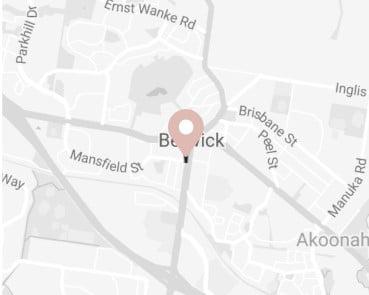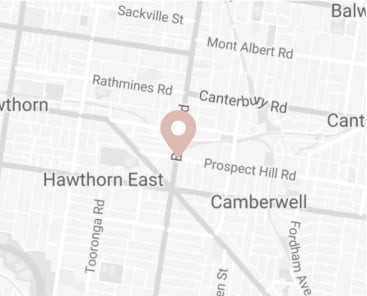What is a Dermal roller?
Dermal Rolling is known by many different names in the industry and has been called anything from Skin Needling, Dermal Needling, to even ‘Vampire Facials’ (as made famous by celebrities such as Kim Kardashian looking for ways to stop premature aging). The basic principles are exactly the same however. Dermal rolling is used to create micro trauma / minor damage to the surface of the skin. This then triggers a natural response our skin to begin rejuvenating and repairing the treated area. The result is a more youthful appearance and even dramatic improvements in pre-existing skin damage such as scarring and stretch marks.
What are the benefits and what does it treat?
Dermal Rolling has many benefits and it can be used not just to treat existing skin concerns, but can be used as a preventative anti-ageing tool to keep skin youthful and elastic. The many reasons why Dermal Rolling is so popular and effective these days include:
• It is a very effective way to stimulate collagen and natural anti-ageing reactions within the skin
• Downtime is relatively low in many cases (up to 24 hours)
• All natural and does not involve invasive surgery or chemical treatment
• Allows high quality skin care products to penetrate deeper into the skin for accelerated and dramatic improvements in skin tone and texture.
Difference between at home and clinical rollers
Due to the popularity and efficacy of these treatments, certain manufacturers have realised this and have begun producing and marketing “At Home” dermal rollers which can be often purchased online and through infomercials on television. There is a big difference however between ‘At Home’ Dermal Rollers and clinical rollers which are performed by qualified and experienced skin therapists.
At home rollers are made with much shallower micro needles and do not allow for deep penetration of the skin layers. More often than not these at home dermal rollers become confused with clinical rollers and the results are completely different.
Clinical rollers however have much deeper micro needles which allow for deeper penetration of the skin however often requires the use of local anesthetic as this treatment can cause bleeding and can be uncomfortable. Time between treatments for clinical rollers is also much greater at 4-8 weeks depending on your skin concern.
For the month of April, our skin needling treatments are on sale. Please contact us to book in your free consultation so we can discuss the best plan for you and your skin
Are there any benefits to at home rollers?
Yes there are benefits of using at home rollers however you must always be wary of the quality and product you are buying. When treating your own skin, do not compromise on quality and choose a reputable brand with a proven track record.
The benefits of at home rollers are that they can allow for better product and skin care penetration in the skin. The shallower micro needles do not penetrate as deeply into the skin and so there is much less risk of causing damage to your own skin. At home rollers due to the nature of them can be also used more frequently than clinical needles which cause more micro trauma and require more healing time.
What are the risks? Is it safe to use on all skin types?
With any laser or skin treatment there is always inherent risk involved, particularly when performing your own treatments at home. In some cases, blunt or damaged needles can cause uneven treatment, excess pressure applied to the skin for example can potentially cause scarring or pigmentation changes.
Before using any at home roller we recommend you check the following:
• Are you taking any medications that may make your skin more sensitive?
• Do you have a history of scarring or keloid scarring?
• Do you have darker skin which can respond differently to needling treatment?
• Poor quality home rollers can tear the skin as opposed to gliding over the skin evenly
• Over usage – Over stimulation can cause hypo or hyper pigmentation

How often should I have dermal rolling / skin needling?
Different skin types and skin concerns will require a different approach to needling treatment. You may have a serious skin condition that may only be suited for clinical rolling in a professional setting instead of at home roller use. Likewise you may be just after accelerated product infusion and don’t really have any serious skin concerns and are just looking for a bit of a boost in skin tone and clarity.
We recommend you always seek the advice of a professional dermal therapist before under going any at home or clinical skin needling program. For clinical needling we recommend this be performed every 4-8 weeks depending on your skin type and your skin concern. For at home roller use this can greatly vary and we recommend anywhere from once a week to daily. If unsure about which way to go, please contact us for a complimentary consultation and we can assess your skin and discuss the best option for you with no obligation.




